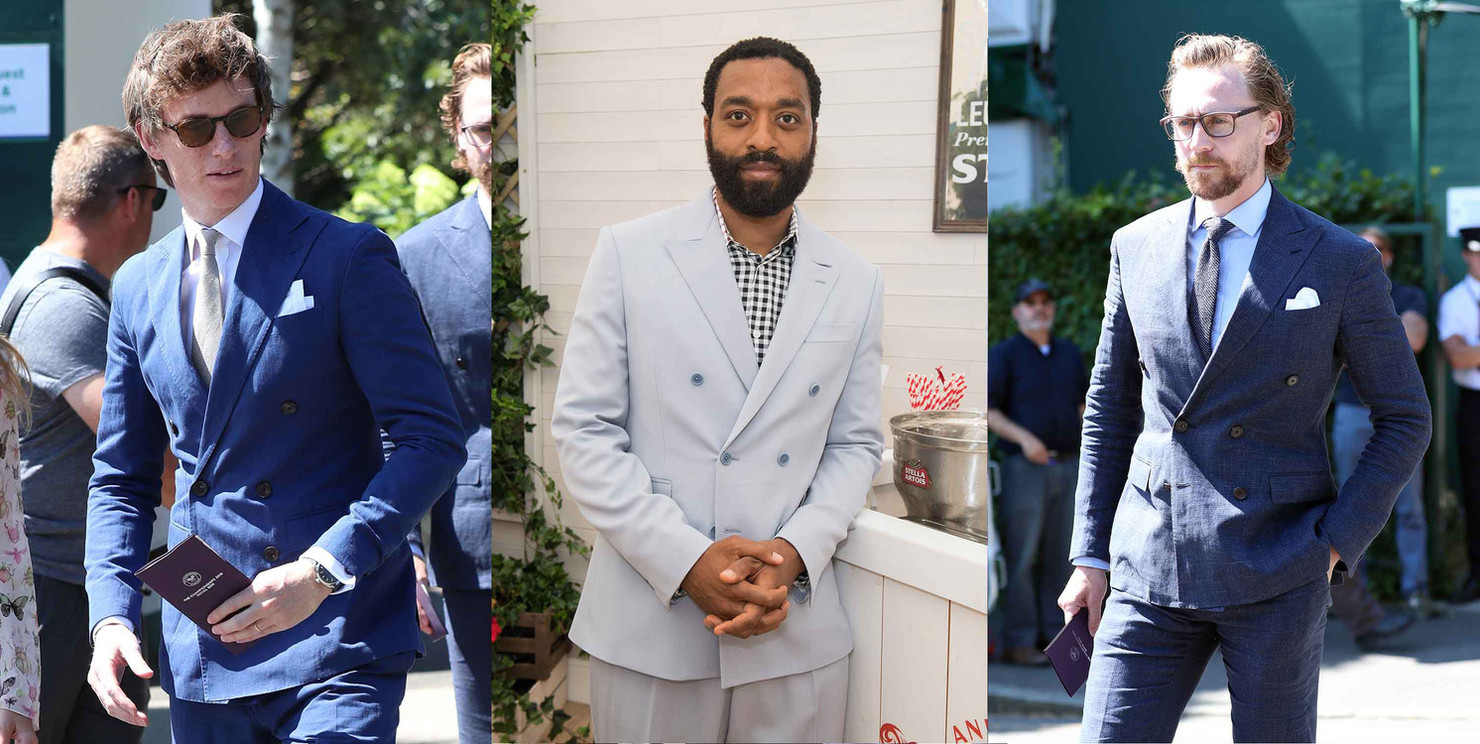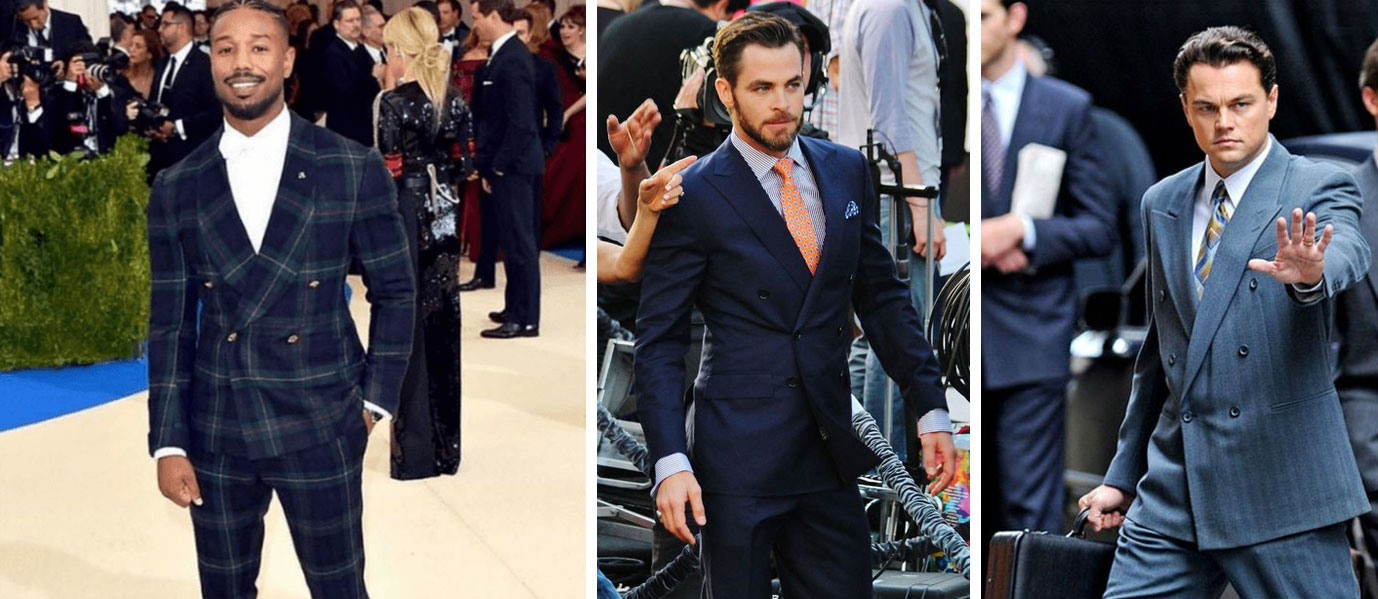Final installment by Mark Rykken
The trend towards casual dress in the workplace came about as a direct result of the hi-tech boom that started in the 90’s. All of a sudden, some very bright young men barely out of college and armed with hi-tech degrees were becoming multi-millionaires, if not billionaires, overnight. Law firms and investment houses that were used to servicing businesses from the traditional based economy were now doing business with hi-tech companies like Google, Yahoo, and Facebook. The face of this new economy, pun intended, went from a fifty-year-old man in a $4,000 custom suit to a twenty something guy in a tee shirt, hoodie and a pair of jeans. In an effort to make these young tech tycoons feel more comfortable, many of these professional service firms hung up their pin-striped suits and went from casual Friday to full time business casual. Although many declared the demise of the suit, and the suit businesses did indeed take a pretty hard hit, it was far from the death blow that many had predicted. After about 3 years of rapid growth, suddenly the technology boom went bust. With the collapse of the dot-com bubble in 2000 and 2001, many firms re-evaluated their dress code policies, and reverted back to business attire.


L to R – Mark Zuckerberg in tech casual (Source: cnet), business casual (Source menswit.com)
For many professionals, business casual was associated with failure, and it was time to get serious again. Numerous studies have shown that casual dress in the workplace leads to a decrease in productivity, along with an overall decline in the quality of work. Additionally, many struggled with the whole idea of business casual from the beginning, leading to indifference and confusion in many cases. These companies failed to adequately define the rules for business casual leading the individual to interpret for themselves what was appropriate to wear. After all, proper business attire for men had been defined for over 100 years. At its most basic, the male business uniform consists of a dark suit, a white shirt, and a dark tie, along with dark socks and shoes. Even the most sartorially challenged of the male species is capable of pulling this off with little difficulty. Putting together an effective sportswear ensemble requires a level of knowledge and skill that the average male simply does not possess. Thus, many companies today have banned casual attire in the workplace.
Following the financial collapse in the fall of 2008 and the subsequent recession, the tailored suit business once again is experiencing a revival of sorts, particularly in the made-to-measure and custom categories. Retailers have realized the financial benefits of having a thriving special order business and are promoting it more than ever. They realized that hanging fewer sleeves on the rack leads to fewer markdowns and higher profit margins. Another major factor fueling this growth is the high level of interest the current generation of males has in dressing. In my opinion, this level of interest is greater than it has been at any time in the last three decades. The young man of today is much more conscious of his physical appearance and wants the clothes he wears to reflect that. Wanting to capitalize on this trend, today’s designers and manufacturers have introduced a variety of slimmer fitting suit models for the menswear industry. Another interesting trend for the industry is that they younger suit buyer of today seems to be open to wearing more stylish designs, be they single or double breasted. This trend has definitely revived the level of interest in double breasted suits, which have always been incrementally more stylish than their single breasted brethren. These trends certainly bode well for the tailored clothing industry in the future. I believe it is safe to say that double breasted suits have not enjoyed this level of popularity since the 1980’s.



Clockwise Sources – Esquire, Royal Fashionist, weheartit.com, pinterest.com, outfittrends.com
The following may explain it best. Why is it that the modern suit, even with all of its design iterations it has gone through, has managed to survive for well over 100 years now? The simple answer is that there has never been an alternative form of clothing invented that will flatter the male form, or hide a man’s physical flaws, better than a tailored suit. This is primarily achieved due to the inherent nature of the suits basic design, which uses angles and straight lines to help enhance the wearer’s overall physical appearance, and these features achieve their greatest effect on the double breasted suit model.
